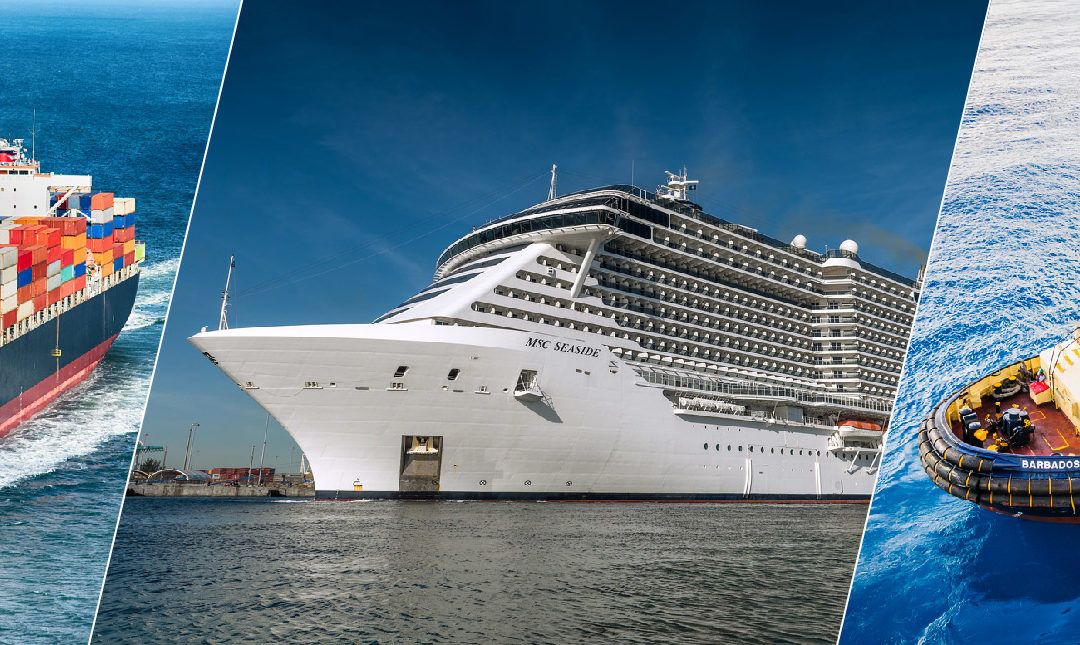The Movement of Goods and People
For many people, the idea of a life at sea has always held a certain romanticism. Setting out on the open ocean for unknown adventures, visiting exotic ports of call. There is also the excitement that comes from working in a potentially dangerous and often hazardous environment. No matter how you view it, being a professional mariner is certainly not your typical nine-to-five job. That is unless you want it to be because a career in civilian maritime transport can be pursued just as readily on land (naval architecture, port management) as on the water (ship’s crew, marine engineer). Since ancient times, maritime transportation has been the dominant method of moving people and goods across the globe. While air travel has supplanted ocean-going transport as the primary means of human travel, 90% of global trade is still conducted through the more than 50,000 merchant ships operating around the world.[1] And although using sea-going vessels to move people from “Point A” to “Point B” may be a thing of the past, careers involving cruise ships and luxury yachts are still viable options for those who want to pursue a life at sea.
Onboard careers in maritime transportation can be divided into the following areas:
- The Deck Department
- The Engine Department
- The Steward Department
In addition, there is also a myriad of land-based maritime transportation career options.
To learn more about maritime transportation and to access Ocean Connect’s wide range of educational and career resources, please visit our Maritime Transportation snapshot.

